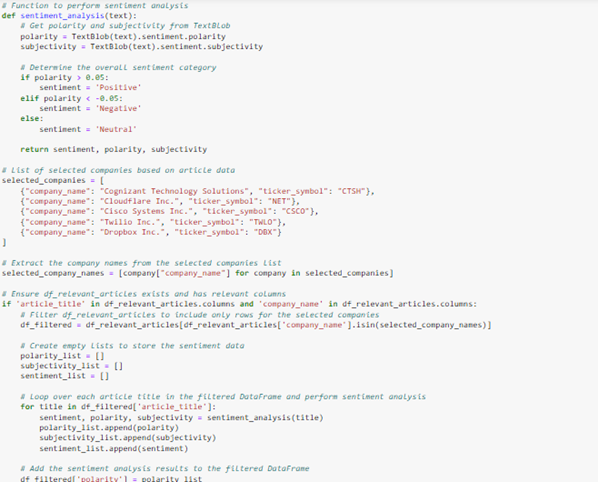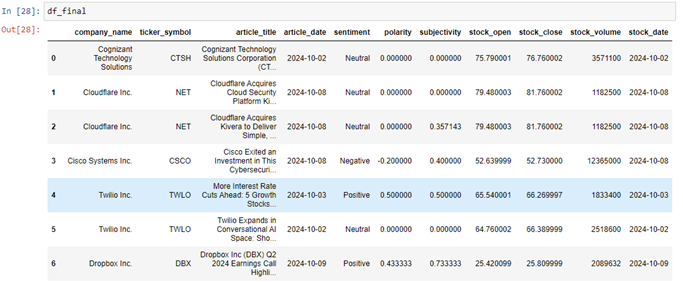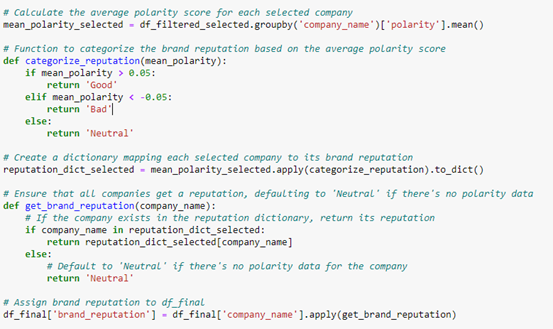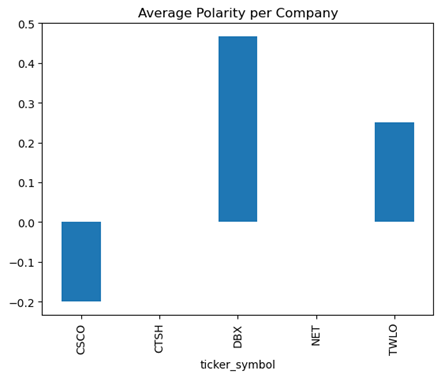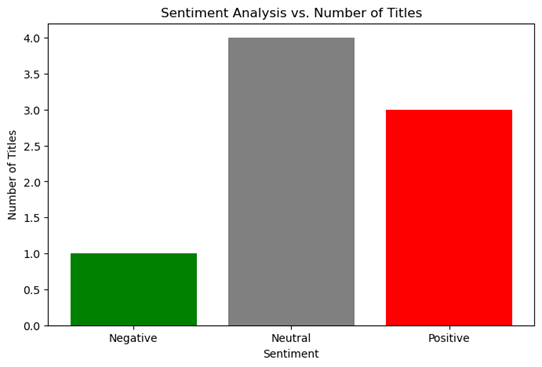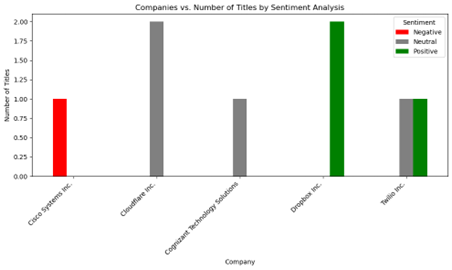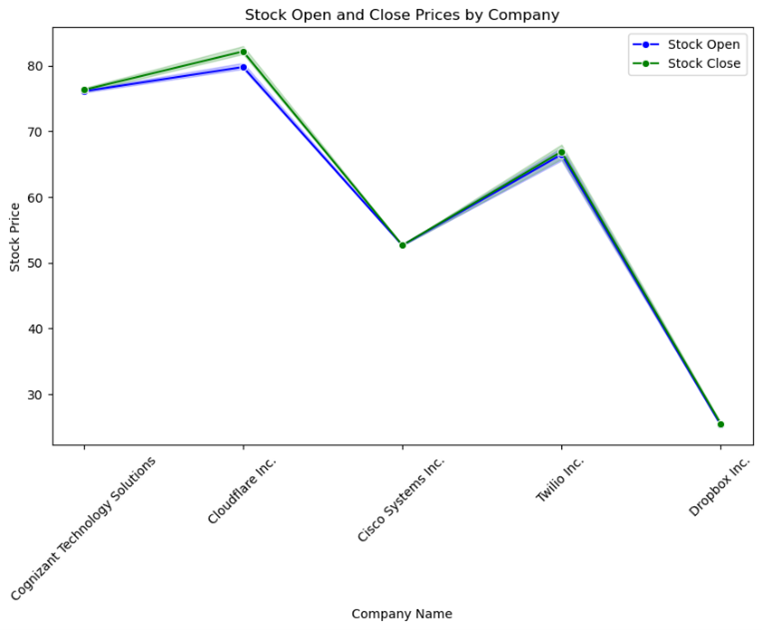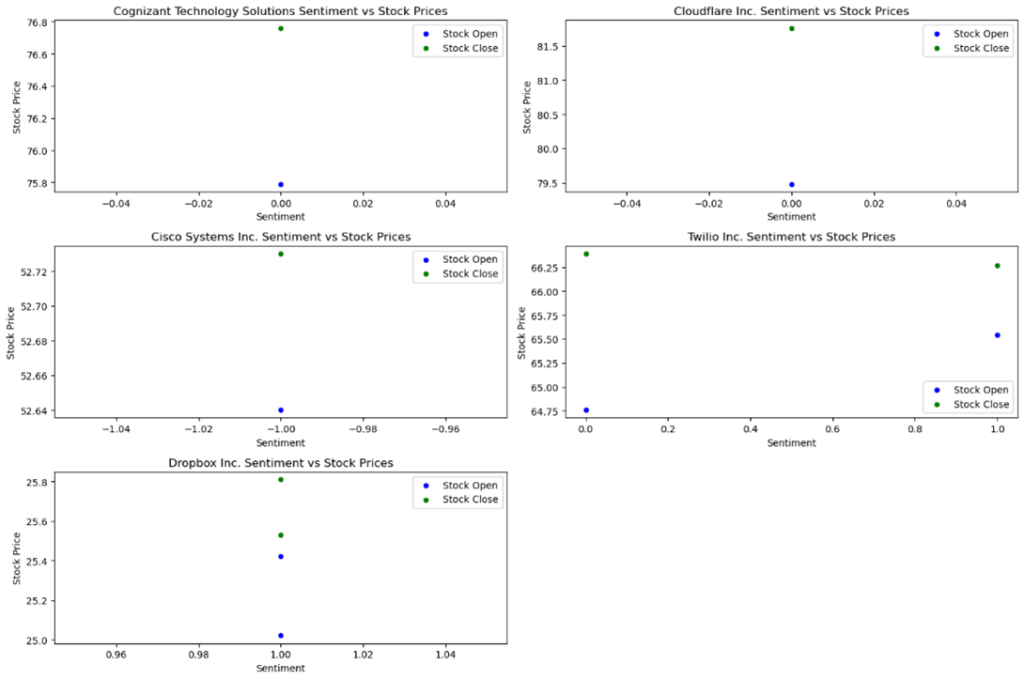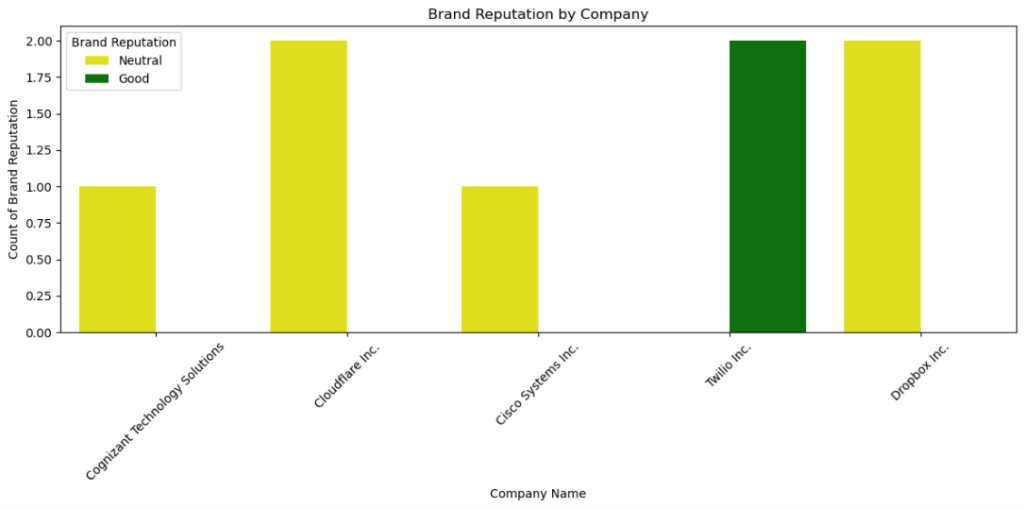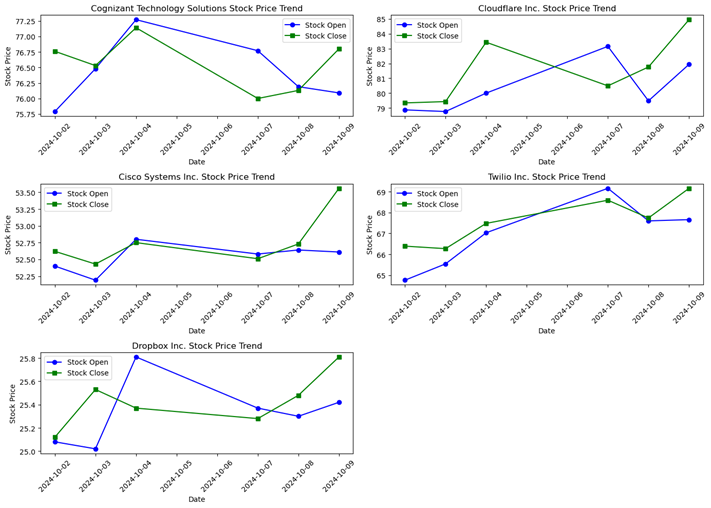Mergers Acquisitions Analysis
Description
This project analyzes the impact of mergers and acquisitions (M&A) on stock prices and market sentiment. By collecting news articles from Yahoo Finance and stock data via yfinance, we applied sentiment analysis using VADER to classify headlines as positive, neutral, or negative. We then examined how stock prices reacted before and after M&A events for five major tech companies. The findings reveal that while sentiment influences stock movement, market conditions and investor expectations also play a key role. This project highlights how news sentiment can serve as an early indicator of stock performance and market trends.


